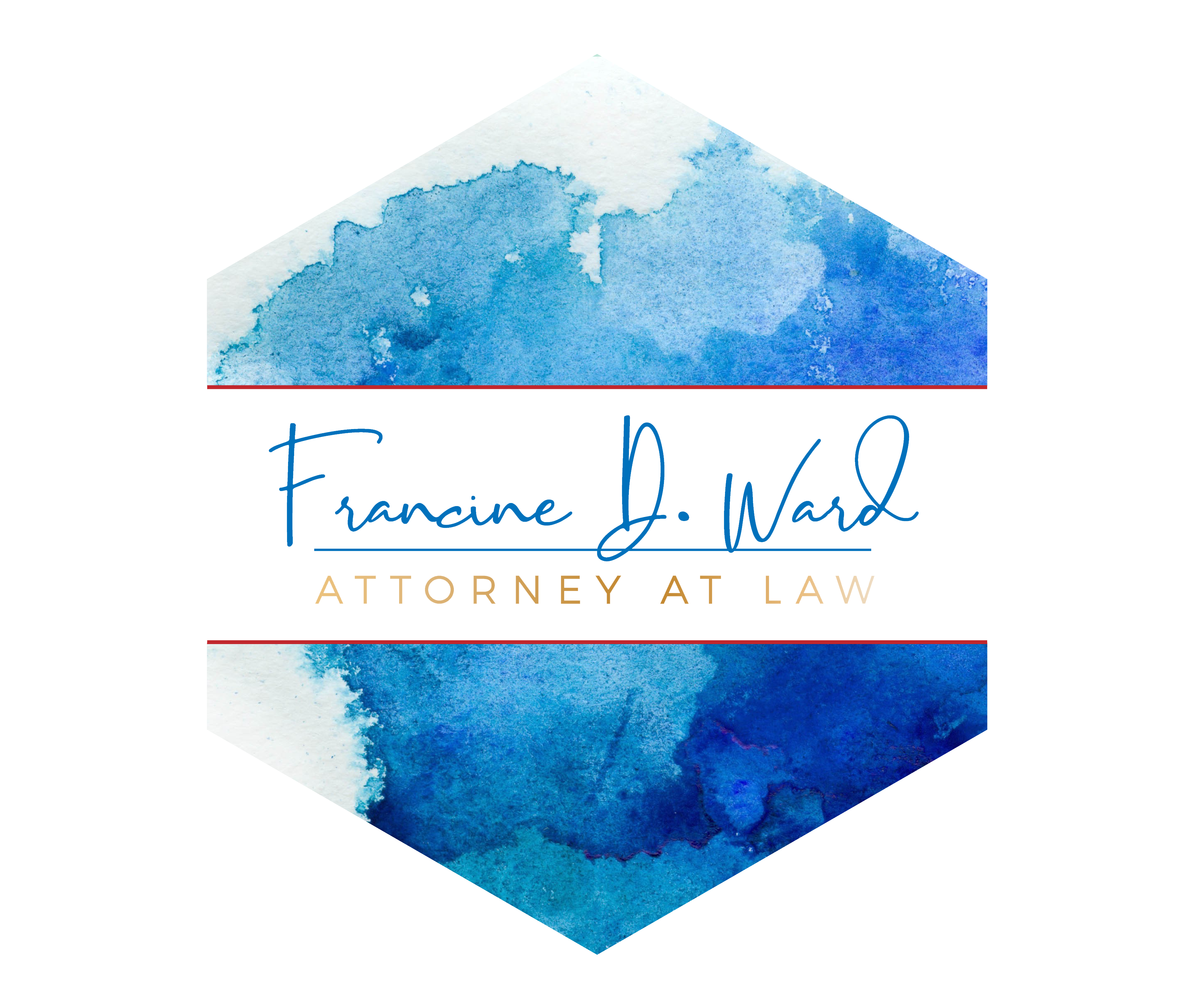Trademark check. When it comes to protecting your trademark, the most important step in the process is to choose a trademark that can be protected. The selection of your mark is the crucial 1st step. If you get this wrong, you will be challenged and ultimately lose valuable time and money in the process. The key, when to choosing a trademark that can be protected, is focusing on “DISTINCTIVENESS.” The more distinctive your trademark, the more likely it can be registered, so long as certain other factors are met. Such other factors might include (a) that your trademark functions as a trademark, (b) is not likely to be confused with an existing registered trademark or a prior pending application.
Fanciful or Coined Trademarks.
Fanciful trademarks (sometimes termed as “coined”) are created from your imagination. They are the most distinctive, because they are born of your creative mind. For that reason, they are easy to protect. A good way to think of it is that fanciful or coined terms are made up. These terms don’t exist in our language other than to serve as a trademark. They are created specifically to identify the source of a product or service. Examples are “Google,” “Xerox,” and “Nike.”
Arbitrary Trademarks.
Arbitrary trademarks are also highly distinctive, therefore easily protected, so long as no one else is using a mark likely to be confused with yours. Arbitrary trademarks involve using a commonly used word in a completely unrelated context or combining terms that are unrelated. Examples are “Apple” for a tech company, “Clear” for biometric verification services, “Monkey” for motorcycles, and “Microsoft” for computer hardware.
Suggestive Trademarks.
Suggestive trademarks hint at the nature or quality of a product/service. However, they don’t overtly describe it. While these marks are not as strong as the fanciful and arbitrary marks, they are nonetheless viewed as distinctive. To get a suggestive trademark registered, the applicant is often required to prove that the mark is suggestive and not descriptive. While suggestive trademarks might “hint” at the quality or nature of the product/service, such effort requires truly activating one’s imagination. Examples of suggestive trademarks are “Tide” for laundry detergent and “Coppertone” for sunscreen.
Descriptive Trademarks.
Descriptive trademarks directly convey a characteristic or quality of a product/service. Therefore, they are often challenged during the trademark prosecution period. The trademark examining attorney will frequently issue an office action requesting that the applicant disclaim a word. That means they must state that the word is only to be protected as part of the overall trademark. Descriptive trademarks generally cannot be registered because they lack inherent distinctiveness. However, if a descriptive mark gains significance in the public’s mind through extensive use, it may achieve “acquired distinctiveness.” Examples include “Center of Science and Industry” for a museum or “Mini Melts” for ice cream.
Generic Terms.
Generic terms are marks that the public uses to define a category of products or services e.g., bread, milk, house, realtor. These cannot be trademark protected, because they don’t identify the source of the product, unless they are used in a fanciful or arbitrary manner. Classic examples are “aspirin,” “escalator,” “thermos,” “trampoline,” and “cellophane.” They were once protected but became generic through widespread unprotected use.
Reclaiming a Trademark.
Sometimes a trademark can become generic due to misuse, however, it is possible to reclaim it. The case of Singer® sewing machines is an inspiring example. Through consistent and exclusive branding efforts, Singer® successfully reasserted its trademark rights.
In conclusion, selecting a trademark is not just for creativity and brand storytelling. Choosing the right mark is a legal necessity. Whether you choose a fanciful, arbitrary, suggestive, or descriptive trademark, the key is it must be distinctive IF you want to protect it. So, as you embark on your branding journey, let your imagination run wild and create a legacy that stands the test of time.

Francine D. Ward
Attorney-at-Law, Author, Speaker
Follow Francine:
Don’t miss Francine’s Latest Blogs:
- Declutter Home.From Chaos to Calm: Why Decluttering is a Gift to Yourself and Your Family Declutter home. How often do we think of decluttering as simply “cleaning up” a messy or… Read more: Declutter Home.
- snapshot of youA Snapshot of YOU! Health and Finance, a snapshot of you. This is another blog addressing Part 3 of the Esteemable Acts Vision and Values Worksheet Series. It is your… Read more: snapshot of you
- Baby Steps to SuccessBaby steps to success is the answer. I am a tortoise. A slow-moving, methodical breed of animal. While I sometimes look like a hare, because I’ve accomplished a lot, every… Read more: Baby Steps to Success
- Health and Finance.Health aNd Finance. Health and Finance, a snapshot of you. This is another blog addressing Part 3 of the Esteemable Acts Vision and Values Worksheet Series. It is your invitation… Read more: Health and Finance.
- Trade Secrets 101

